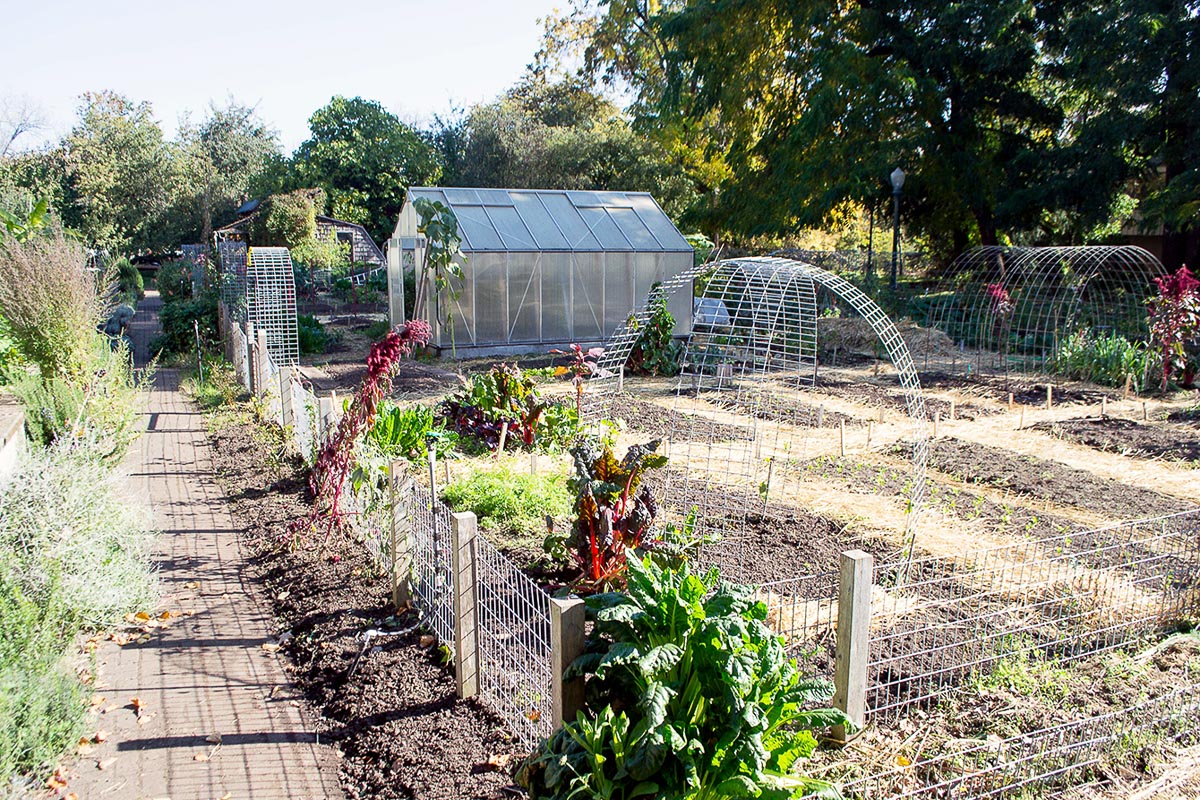Not known Details About City Blooming
Not known Details About City Blooming
Blog Article
7 Simple Techniques For City Blooming
Table of ContentsThe Best Guide To City Blooming6 Easy Facts About City Blooming ExplainedCity Blooming - TruthsSee This Report about City BloomingThings about City Blooming
Intrigued in expanding food to buy in the City of Chicago? Assuming regarding beginning an area yard? Modifications to the Chicago Zoning Statute allow agricultural uses like area gardens and metropolitan ranches in many parts of the city. Below is a list of often asked questions pertaining to the rules and guidelines that growers should consider when planning a city agriculture project.
The zoning change does not modify any various other codes dealing with composting, structure permits, buying or renting City had building, company licenses or environmental contamination. There are existing codes that regulate these issues and they remain in full effect and may be suitable to your task. Area yards are typically owned or taken care of by public entities, civic companies or community-based organizations and preserved by volunteers.
Urban farms grow food that is intended to be sold, either on a nonprofit or for-profit basis. Because of their commercial function, city farms require a business permit. Yes. An area garden is permitted to offer surplus produce that was expanded on website if the sales are accessory or subservient to the yard's main objective described above.
Facts About City Blooming Revealed
The quantity of compost material can not go beyond 25 cubic yards at any offered time according to the criteria in 7-28-715 of the City's Municipal Code. Because the dirt at most new garden websites requires changing, compost, dirt, timber chips, or other materials can be gotten to build or enhance the growing room.

If a structure license is called for after that the hoophouse will be thought about an accessory building. You can learn more regarding the structure permit demands by getting in touch with the Department of Structures. The 25,000-square-foot size restriction is planned to prevent a single neighborhood yard from controling a given block or diminishing the block's existing household or commercial character.
The limit does not relate to gardens found in Public Open Space (POS) districts. Can there be greater than one area garden that is 25,000 square feet on a single block? Yes. The dimension restriction applies to individual gardens, not to individual blocks. No. Fencing is not needed, nonetheless, gardens that have large parking lot may be called for to set up fence or other landscape design features.
The Only Guide to City Blooming
B1 & B2 districts call for that all commercial usage tasks be carried out inside. R districts limit business task. The policies show the purpose and intent of the Zoning Code. Is fence required for city farms? Yes. Fencings might be required, along with landscaping and screening, for specific parking lot and outdoor job or storage space areas depending upon area and the details task taking area.
Urban ranches Learn More need building permits and zoning authorizations prior to building and construction (sustainable gardening). Other kinds of city evaluation might be required depending on details frameworks, activities, size, landscape design, licensing, public health and stormwater monitoring problems.
Yes. The sort of certificate is determined by what is taking place at the website. The Division of Service Matters and Consumer Security can aid determine the particular kind of business permit that's needed. Yes. Off road auto parking is needed for the majority of commercial projects in Chicago. The required number of car parking rooms is based upon the variety of workers working on site and not the square footage of the growing area.
Examine This Report about City Blooming

An urban ranch can market garden compost product created on website, nevertheless, the operation must abide with the policies in 7-28-715 of the Chicago Municipal Code. Aquaponic systems are permitted inside on city farms in numerous zoning areas.
Approximately five hives or nests of honey bees might be maintained as an accessory usage. Beekeepers must sign up with the Illinois Department of Agriculture. To learn more regarding the proposed zoning change you may get in touch with the Division of Housing and Economic Growth, Bureau of Planning and Zoning at 312.744.8563.
Farming in cities and city locations A metropolitan farm in Chicago. Urban agriculture refers to numerous techniques of growing. https://cityblooming.edublogs.org/2024/06/27/city-gardening-transforming-urban-spaces/, handling, and dispersing food in metropolitan locations. The term additionally relates to the area tasks of pet husbandry, tank farming, beekeeping, and horticulture in an urban context. Urban farming is identified from peri-urban farming, which happens in backwoods beside residential areas.
The smart Trick of City Blooming That Nobody is Discussing
, that seek to form social networks started on a shared principles of nature and area holism. These networks can establish by method of formal institutional assistance, ending up being integrated right into regional community preparation as a "transition town" movement for sustainable metropolitan advancement.
In either case, the more direct accessibility to fresh vegetable, fruit, and meat items that might be become aware with urban agriculture can improve food safety and security and food safety and security while lowering food miles, leading to lower greenhouse gas discharges, therefore adding to environment adjustment mitigation. A few of the very first evidence of urban agriculture comes from Mesopotamia.
Report this page